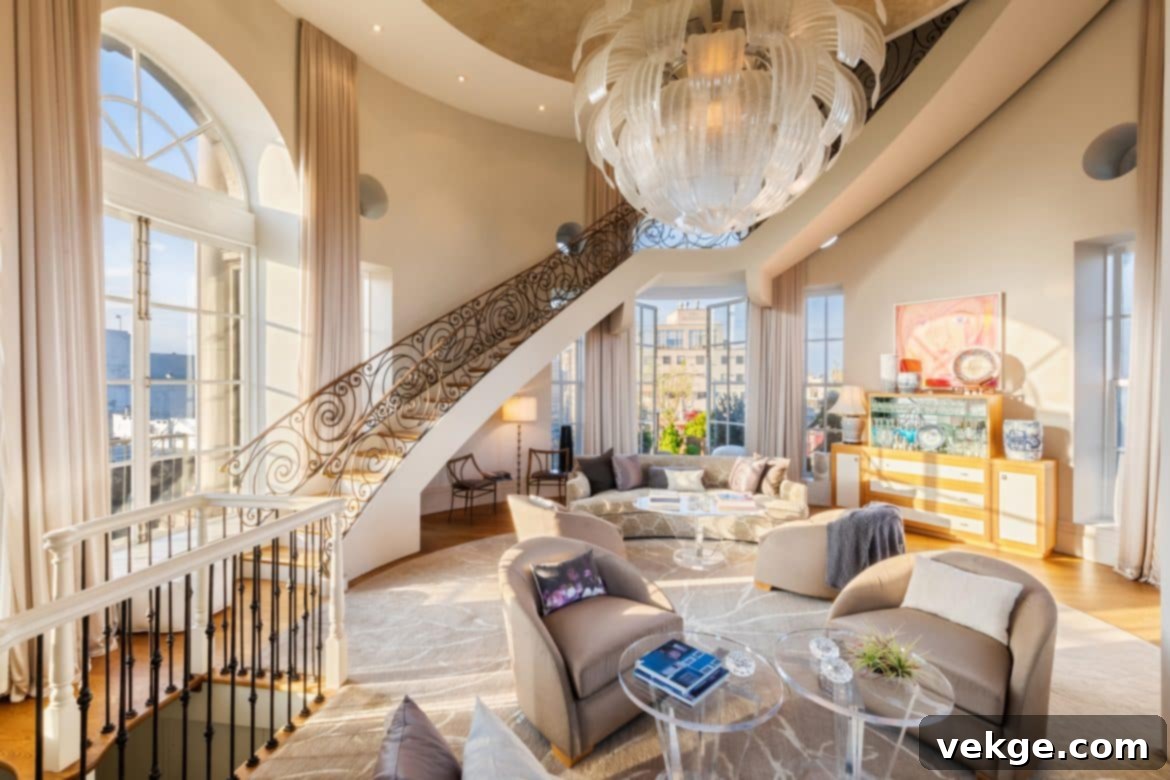Elevate Your Home: A Comprehensive Guide to Popular Ceiling Types and Designs
Often overlooked, the ceiling is much more than just the top of a room; it’s a vital canvas that profoundly influences your home’s aesthetics, functionality, and overall ambiance. Far from being a mere structural element, your ceiling dictates how spacious or intimate a room feels, impacts natural light distribution, and can significantly contribute to your property’s resale value. Whether you’re embarking on a new construction project or contemplating a home renovation, understanding the myriad types of house ceilings available is the first step towards creating a truly captivating and personalized living space. From classic designs that exude timeless elegance to modern statements that push architectural boundaries, the right ceiling can transform an ordinary room into an extraordinary one. Dive into this guide to explore the diverse ceiling options and discover the perfect style to complement your home’s design and architectural vision.
1. Coffered Ceiling
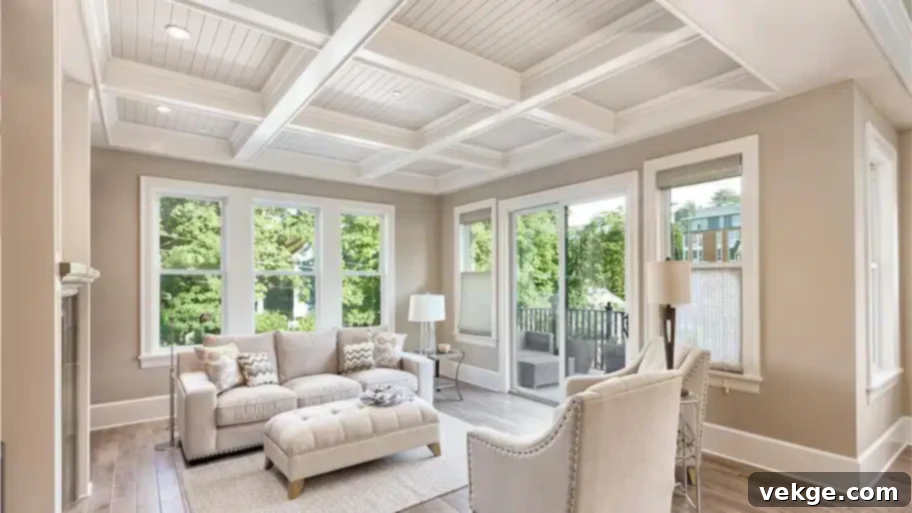
Originating from the grand architectural traditions of Ancient Greece and Rome, coffered ceilings are synonymous with luxury and sophistication. Characterized by a series of sunken panels, typically in square, rectangular, or octagonal shapes, they create a grid-like pattern that adds significant depth and visual interest to a room. This type of ceiling is often found in large, upscale homes, public buildings, and elegant dining rooms, lending a distinctive, high-end feel. More elaborate than a simple tray ceiling, coffered designs require meticulous installation and expert carpentry due to their intricate nature. While they elevate the aesthetic appeal, they can also help with acoustics and offer creative opportunities for integrated lighting. However, their complexity means a higher investment, with per-square-foot costs typically around $25 or more, depending on materials and design intricacy.
2. Standard Flat Ceiling
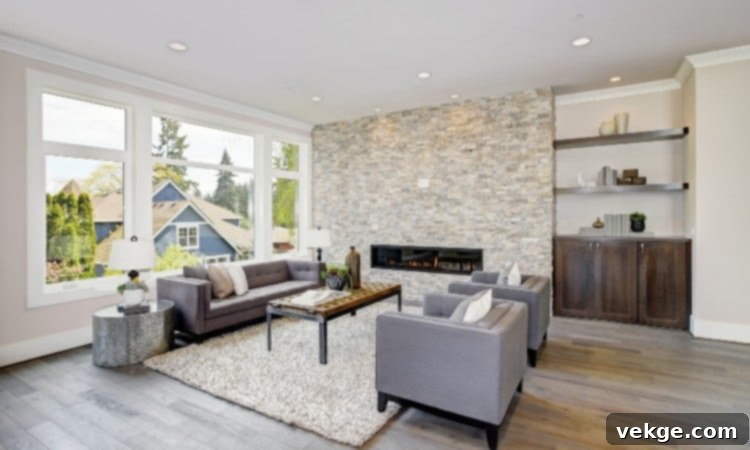
The standard flat ceiling remains one of the most common, cost-effective, and versatile types of ceilings found in countless residences worldwide. Its straightforward construction involves flat panels, typically drywall, which are then taped, mudded, sanded, and painted, much like a conventional wall. This simplicity offers immense flexibility for various home styles and interior designs. The traditional height for a standard ceiling is around 9 feet, providing a balanced feel in most rooms. However, adjusting this height can dramatically alter a room’s perception: 10 to 13 feet can create a more expansive, airy, and luxurious atmosphere, while an 8-foot ceiling can foster a sense of warmth, coziness, and intimacy. Its affordability, ease of installation, and low maintenance make it a popular choice, serving as a clean canvas for lighting fixtures, decorative molding, or a myriad of paint finishes to match any decor.
3. Cathedral Ceiling
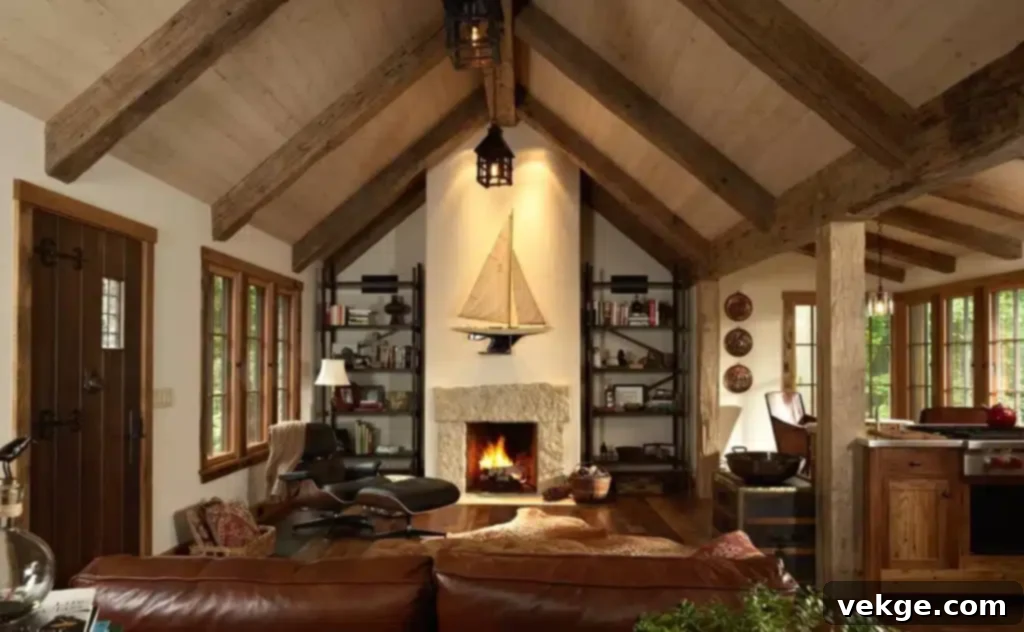
Inspired by the awe-inspiring interiors of Europe’s grand cathedrals, this ceiling type instantly infuses residential rooms with a sense of openness, drama, and expansive spaciousness. Cathedral ceilings are characterized by their symmetrical, steeply sloping sides that mirror the pitch of the roof, meeting at a high central peak. Unlike vaulted ceilings, which can be asymmetrical, cathedral ceilings typically feature two equal-sloping sides that rise directly to the roof supports, creating an uninterrupted volume of space. This design is particularly effective in maximizing natural light, often incorporating large windows or skylights to illuminate the elevated space. While undeniably grand, homeowners should consider the potential for increased heating and cooling costs due to the larger air volume, as well as acoustic challenges that may require sound-dampening solutions. They are a superb choice for living rooms, great rooms, and master bedrooms where a majestic and airy atmosphere is desired.
4. Tray Ceiling

As its name aptly suggests, a tray ceiling resembles an inverted, recessed tray, featuring a central section that is raised higher than the perimeter. This creates a distinctive, stepped-down effect, typically 6 inches or more deep, within a conventional ceiling. Tray ceilings are incredibly effective at providing an illusion of greater space and desirable height without the extensive structural changes required for vaulted or cathedral designs. They introduce an architectural layer that elevates a room’s character and can define specific areas, such as dining spaces or seating arrangements. Beyond their aesthetic appeal, tray ceilings are relatively cost-friendly compared to more complex options, with installation costs often ranging from $3 to $5 per square foot, depending on the scope of work. They offer excellent opportunities for integrated lighting, such as hidden LED strips within the ‘tray’ for a soft, ambient glow, or the highlighting of a central chandelier, adding a touch of elegance and sophistication to any room.
5. Vaulted Ceilings
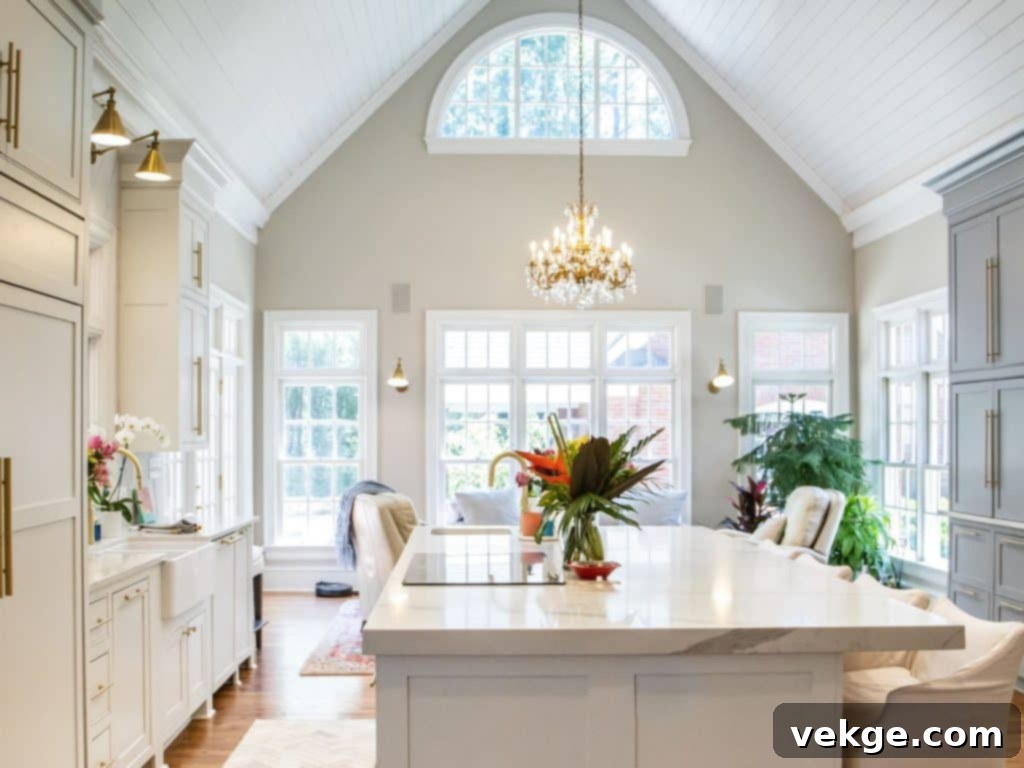
Vaulted ceilings are architectural masterpieces designed to dramatically expand the perceived volume and height of any residential room. While often confused with cathedral ceilings, vaulted ceilings can be more diverse in shape, featuring a single, gradual slope or a series of arches, rather than strictly symmetrical peak. They are typically constructed with wooden frames, built upwards to meet the roofline, creating an airy and spacious environment that draws the eye upward. This design is excellent for maximizing natural light and can often accommodate skylights or higher windows. A variety of materials can be used for their finishing, including drywall for a smooth, contemporary look, wooden planks for a rustic or Scandinavian vibe, or even intricate tile work for added texture. While they offer immense aesthetic benefits, considerations include increased heating/cooling costs and potential acoustic challenges, making them ideal for spaces where grandeur and openness are prioritized.
6. Beam Ceiling
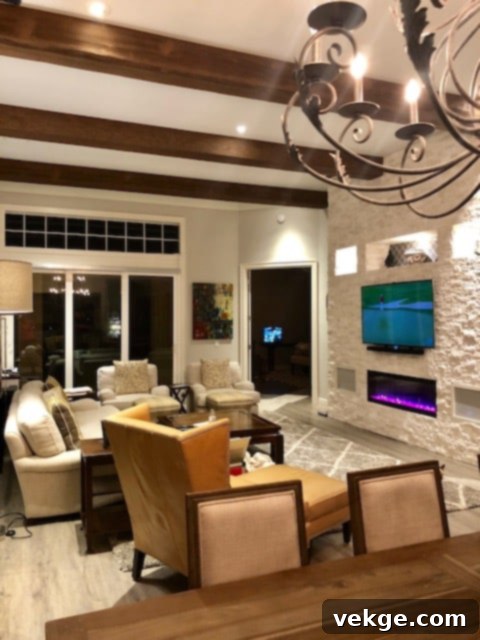
Beam ceilings are characterized by visible structural or decorative beams running across the ceiling, adding significant architectural interest and character to a room. These beams are typically made from a variety of materials, most commonly wood (including reclaimed, solid, or engineered), but also steel or a combination thereof, catering to diverse design aesthetics from rustic farmhouse to industrial chic. While often an integral part of vaulted or cathedral ceiling structures, exposed beams are increasingly incorporated into flat ceilings to introduce a stylish, defining element. They can create a sense of scale, provide visual rhythm, and even define different zones within an open-plan space. The cost of a beam ceiling can vary widely based on the material, whether the beams are structural or decorative, and the complexity of installation. Homeowners can expect to pay 10 to 15 percent more than a conventional ceiling, with costs ranging from $15 to $26 per linear foot for installation, making them a significant but impactful investment for enhanced visual appeal.
7. Exposed Ceiling
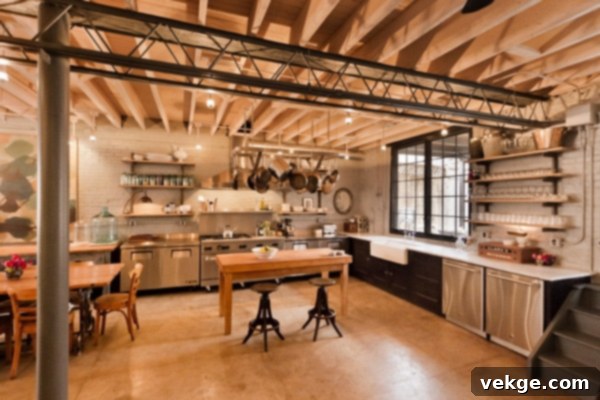
Embracing a raw, industrial aesthetic, exposed ceilings intentionally leave structural and mechanical elements visible rather than concealing them behind drywall or panels. This design choice highlights components like ductwork, pipes, electrical conduits, and sometimes even the raw concrete or wooden joists. To achieve a cohesive and polished look, these exposed elements are typically painted a uniform color, often black, white, or a muted grey, which helps them blend harmoniously while still showcasing their form. Exposed ceilings are renowned for being a low-cost and inexpensive choice during construction or renovation, as they eliminate the need for extensive finishing materials. They are particularly popular in loft apartments, renovated industrial spaces, and modern, minimalist homes. However, a key consideration is that exposed ceilings can make rooms noisier due to the lack of sound-absorbing materials and may offer less insulation, potentially impacting energy efficiency. Despite these drawbacks, they offer a unique, urban, and spacious feel.
8. Drop Ceiling
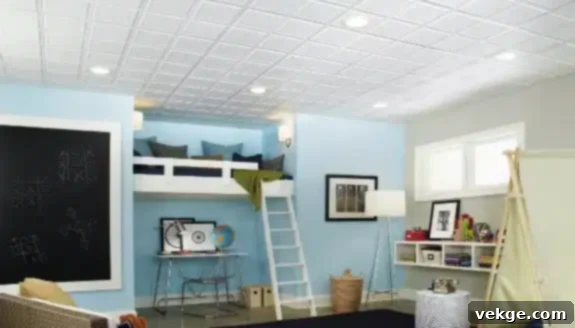
Also known as a false ceiling or suspended ceiling, a drop ceiling is installed beneath the primary structural ceiling, creating a void that serves multiple practical purposes. Primarily, it’s an excellent solution for concealing unsightly ductwork, electrical wiring, plumbing pipes, or watermarks, providing a clean, finished look. The space between the two ceilings also improves insulation and acoustics, making rooms quieter and more energy-efficient. Drop ceilings are typically comprised of individual tiles that can be decorative, plain, or white, offering a range of aesthetic options. They are generally categorized into two main types: Grid ceilings, which feature a system of long metal strips arranged in squares from which the tiles are suspended; and Drywall ceilings, where drywall sheets are hung from the primary ceiling by wires, offering a more seamless appearance. Due to the need to navigate existing utilities, professional installation is highly recommended to prevent interference. A 10-by-12-foot drop ceiling installation might cost around $1500, but offers invaluable benefits in terms of utility access and improved environmental control.
9. Cove Ceiling
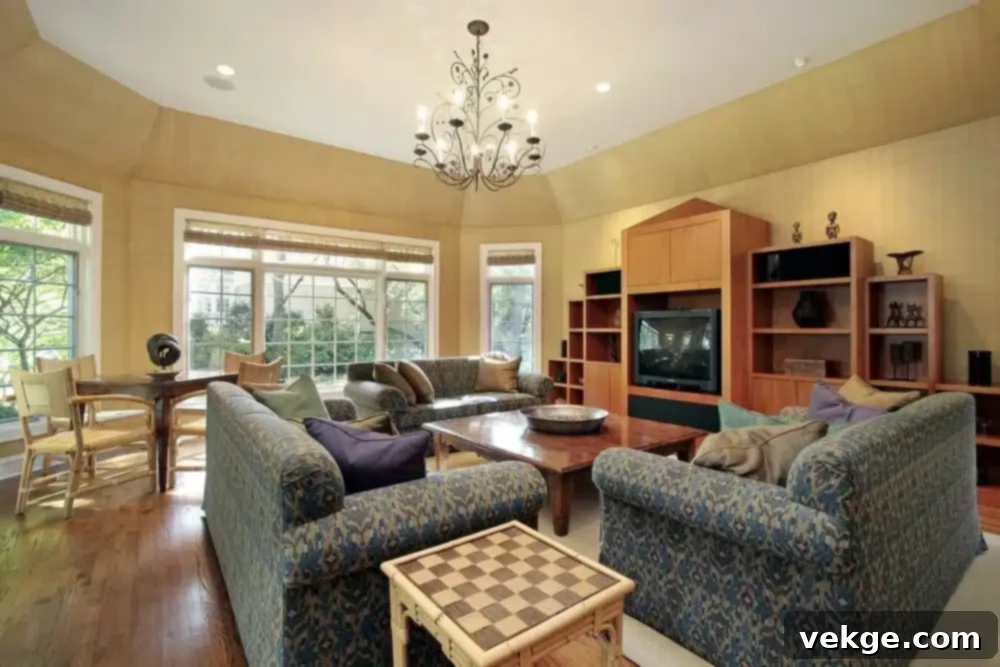
A cove ceiling is an exquisite design element that introduces a soft, elegant transition between the walls and the ceiling by replacing sharp, 90-degree corners with gentle, curved moldings. This unique feature removes harsh lines, creating a sense of continuous flow and a more polished, sophisticated appearance in any room. Typically created by installing an arched mesh framework, plastering over it, and then painting to match the room’s decor, a classic cove ceiling features a smooth and gradual curve. Its installation demands expert craftsmanship to ensure a flawless, seamless finish. Cove ceilings are particularly effective for integrating subtle, indirect lighting, known as cove lighting, which washes the ceiling with a soft glow, enhancing the room’s ambiance and making it feel more expansive. They can be beautifully paired with other ceiling designs, such as tray ceilings, to create multi-layered visual interest and are suitable for living rooms, dining areas, and bedrooms where an atmosphere of refined elegance is desired.
10. Dome Ceiling
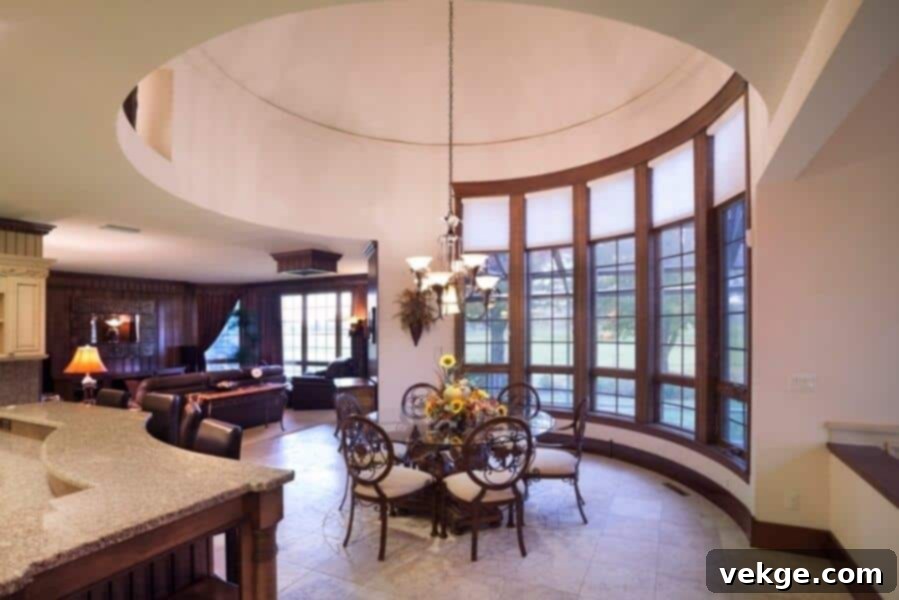
Dome ceilings are breathtaking architectural features that create an immediate focal point, introducing an illusion of immense space and impressive height, much like an inverted bowl. Often found in entryways, grand halls, dining rooms, or master bedrooms, this unique ceiling type is ideal for spaces that require a dramatic and elegant statement. The smooth, curved surface of a dome ceiling naturally draws the eye upwards, enhancing the room’s vertical dimension and sense of grandeur. To maximize natural light, dome ceilings may be ingeniously built with fanlights or skylights integrated into their design, flooding the space below with illumination. They can be crafted from a variety of materials, including plaster, drywall, wood, or even specialized composites, each offering distinct aesthetic effects and finishes, from classical opulence to modern minimalism. While their complex construction demands skilled craftsmanship, the resulting visual impact and timeless elegance make a dome ceiling a truly remarkable addition to any upscale home.
Conclusion
As we’ve explored, house ceilings are far more than just structural necessities; they are fundamental design elements that significantly influence the character, functionality, and perceived value of your residence. The right ceiling can profoundly impact how spacious, inviting, or luxurious your home feels, offering tangible benefits ranging from enhanced aesthetics to improved acoustics and potentially higher resale value. Each ceiling type, from the intricate elegance of a coffered design to the airy expanse of a vaulted ceiling, presents unique advantages and considerations, allowing for immense personalization.
When embarking on a new build or a renovation project, taking the time to understand these distinct options and carefully select the one that aligns best with your home’s architecture, interior design vision, and personal preferences is crucial. Consider not only the visual impact but also practical aspects like ceiling height, potential for integrated lighting, acoustic properties, and maintenance. By making an informed choice, you can transform your residential home into an ideal living space that perfectly reflects your style and provides lasting comfort and beauty. Don’t hesitate to consult with architects or interior designers to ensure your chosen ceiling type seamlessly integrates with your home’s overall design, making it truly exceptional.
